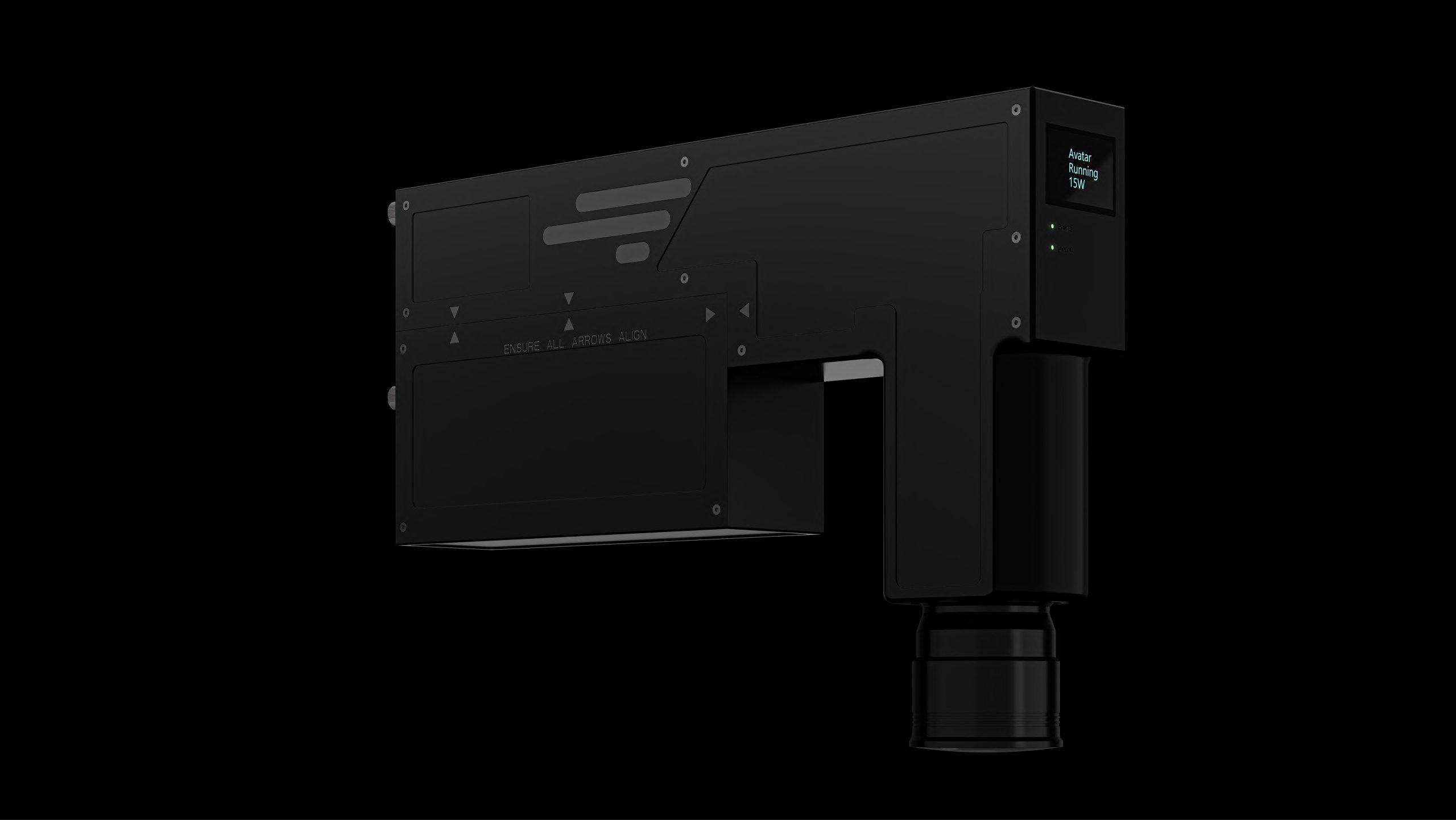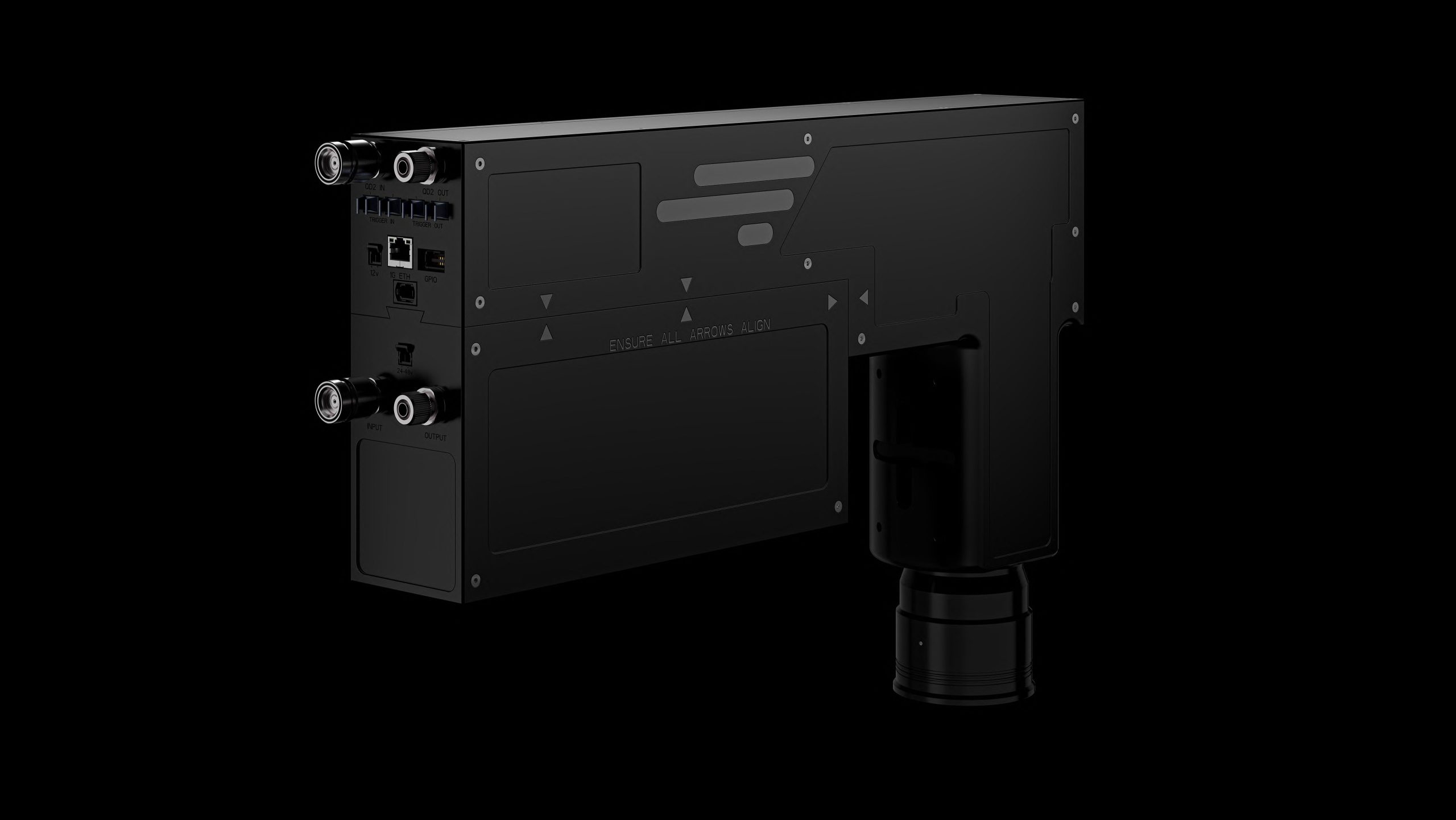Austria-based high-precision optical device developer In-Vision has unveiled what it claims to be the “world’s first” native 4K UV light engine for industrial applications.
Named AVATAR, the light engine is based on a new chipset from Texas Instruments which offers a native resolution of 4096 x 2176, a radical improvement over the current need to re-position WGXGA-Chip pixels to improve image resolution and achieve 4K within DLP Projection.
The new chipset, due for release in mid-2022, will enable AVATAR users to expose a larger area than previously possible at high resolution and to make moving exposures with high optical performance.
“AVATAR is an exciting development,” said Christof Hieger, In-Vision CTO. “The new projection system redefines the boundaries of DLP technology in additive manufacturing and lithography.”

In-Vision’s 4K DLP light engines
Existing 4K DLP projectors are often limited by their chipsets in terms of light intensity and resolution, a drawback that In-Vision is seeking to overcome with the development of its own systems. The firm launched its HELIOS UV light projector at the end of 2020 with the aim of achieving the highest illumination intensity in the market space, alongside faster cure times and compatibility with a greater number of resins.
The following year, In-vision launched its first 4K UV light projector, Phoenix, for use with resin-based DLP 3D printers. Phoenix was the first of the company’s light engines to be based on Texas Instruments’ DLP670S chipset, and was designed specifically for applications requiring high light intensities and rapid cure times.
Now, the firm is looking to take UV light projection to a “new level” for advanced 3D printing applications with the launch of its AVATAR system, which offers native 4K UV light projection.

The AVATAR light projector
Equipped with the native resolution of 4096 x 2176 offered by Texas Instruments’ new chipset, the AVATAR UV light projector will enable 3D printer operators to expose larger areas at high resolution than before, and to make moving exposures with high optical performance. In addition to its native resolution offering, the system also delivers a number of other key features to facilitate a new level of advanced industrial 3D printing.
Issued with a built-in Xilinx Zynq UltraScale feature, the AVATAR is an open system that allows users to customize their applications or use prepared software. The system’s LED module can be easily swapped out without requiring further calibration or setup.
The system is designed to enable moving exposure, coming equipped with an optical PCle interface, optical trigger in/out, and a one-gigabyte ethernet connection to ensure high scrolling speeds. The PCle interface allows the device to handle large amounts of data contained within a 4K image, especially in scrolling mode. Meanwhile, the system’s small width enables projectors to be lined up down to very small pixel sizes.
To achieve peak performance, the light projector’s illumination and DMD units are fitted with separate connectors for water cooling, while an OLED display informs the user about the system’s operating status and key parameters.
“First pre-series models of the next generation light engine will be available for lead customers in the fourth quarter of 2022,” according to In-Vision CEO Florian Zangerl. Following this, serial production of the AVATAR system is slated for 2023.

Improving DLP 3D printing
The industrial DLP market is continually seeing advancements and, as a result, is becoming increasingly lucrative as big names enter the field. Last year, 3D printer OEM Stratasys acquired DLP machine manufacturers Origin and RPS in deals set to bolster the company’s extensive technology offering and strengthen its position in the medical and industrial sectors.
Metal 3D printer manufacturer Desktop Metal, meanwhile, also entered the DLP market with the acquisition of EnvisionTEC for $300 million, providing the firm with access to the growing dental, jewelry, and bioprinting sectors. Since then, EnvisionTEC has partnered with polymer 3D printing specialist Covestro to provide new material and printer combinations for DLP tooling applications within industrial 3D printing.
Another player entering the market with its own take on DLP printing is AXTRA3D, which showcased its Hybrid PhotoSynthesis (HPS) technology at Formnext 2021. The platform combines the benefits of DLP, SLA and LCD 3D printing in a single machine with the aim of transforming photopolymer 3D printing within sectors such as healthcare, industrial manufacturing, automotive, and aerospace.
Subscribe to the 3D Printing Industry newsletter for the latest news in additive manufacturing. You can also stay connected by following us on Twitter and liking us on Facebook.
Looking for a career in additive manufacturing? Visit 3D Printing Jobs for a selection of roles in the industry.
Subscribe to our YouTube channel for the latest 3D printing video shorts, reviews, and webinar replays.
Featured image shows the AVATAR native 4K UV light projector. Image via Nejc Kilar/In-Vision.



